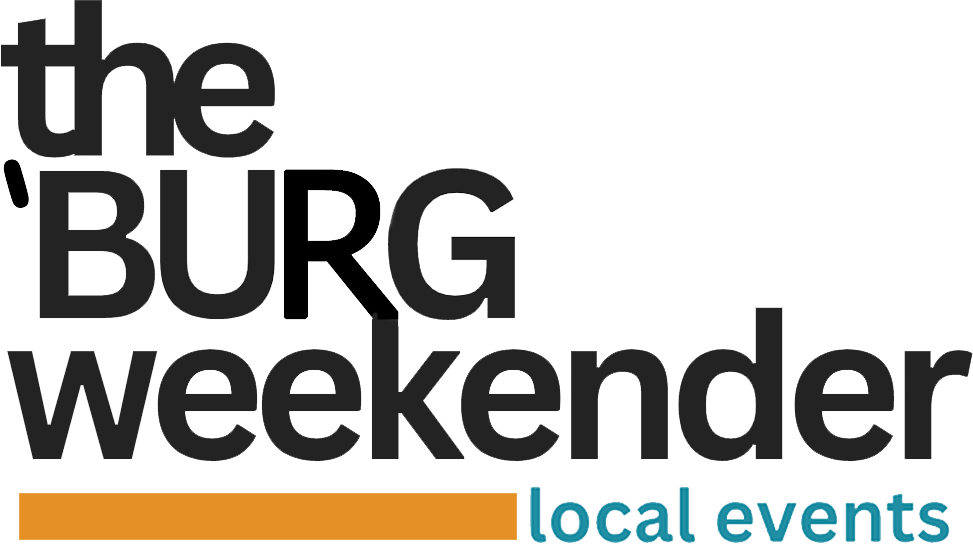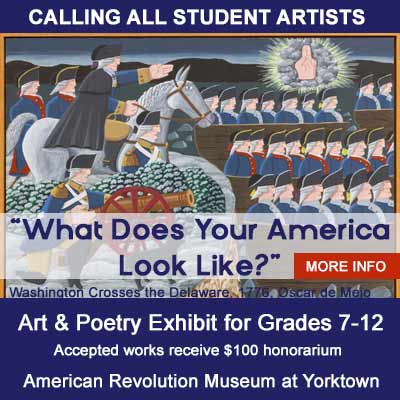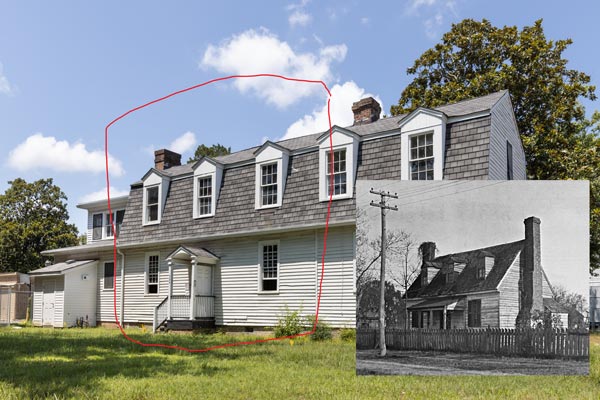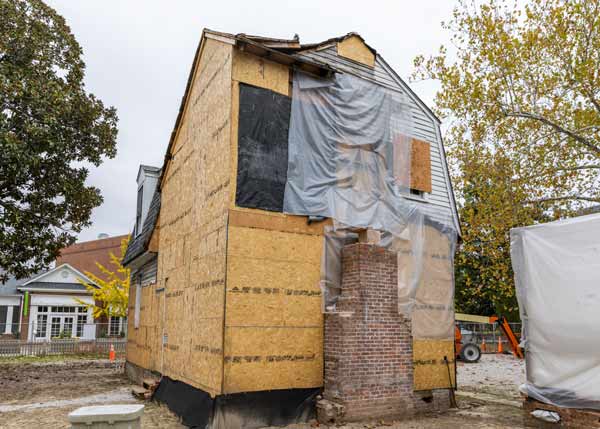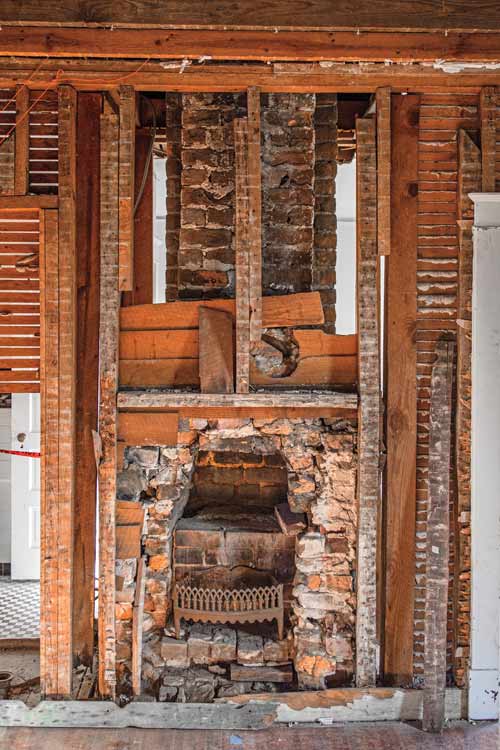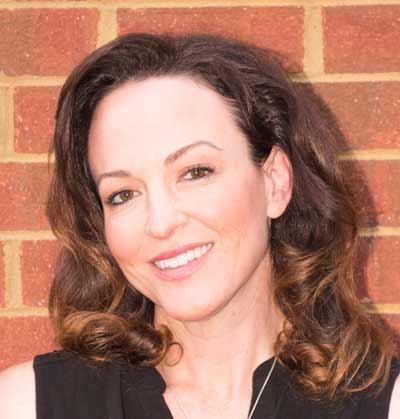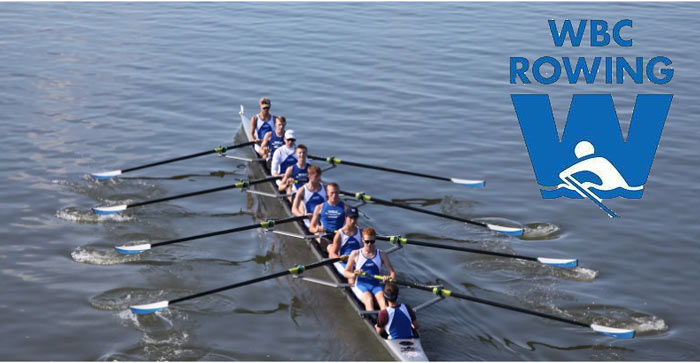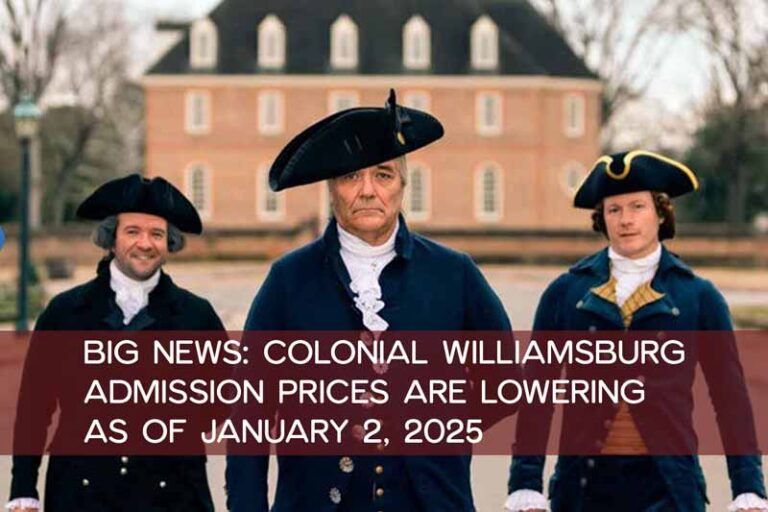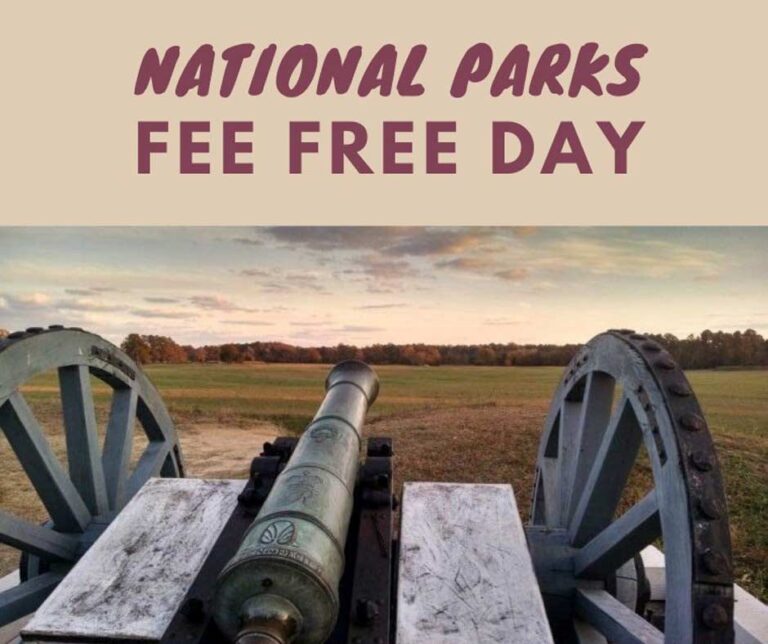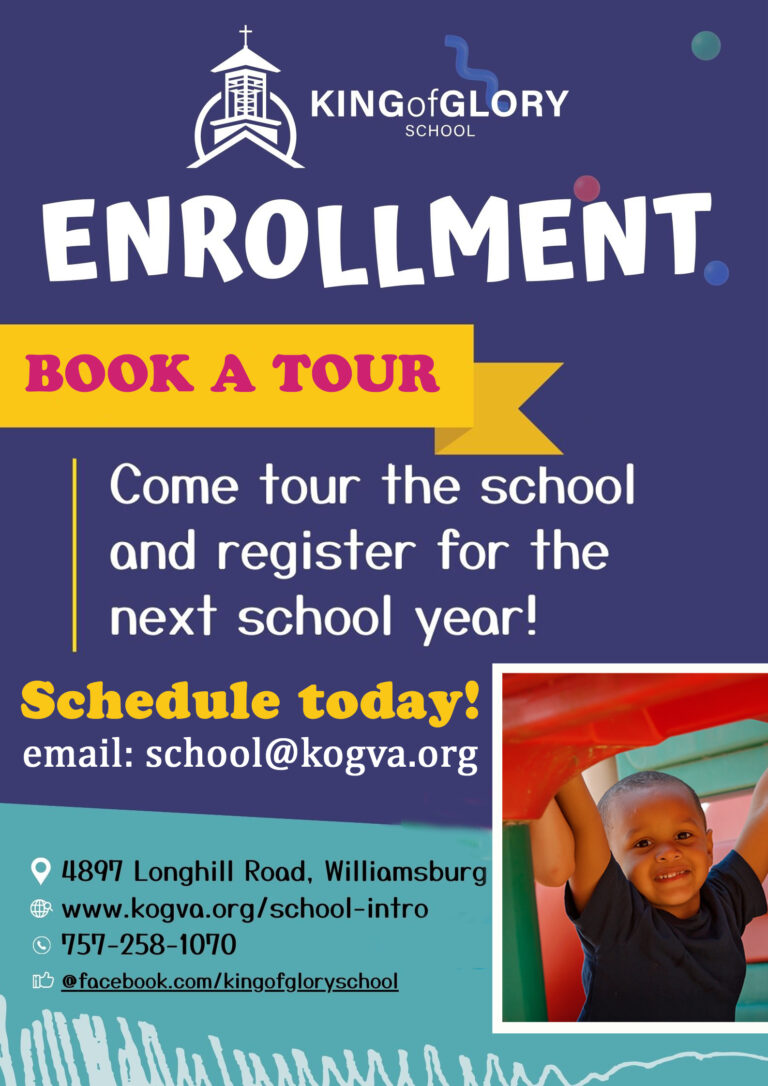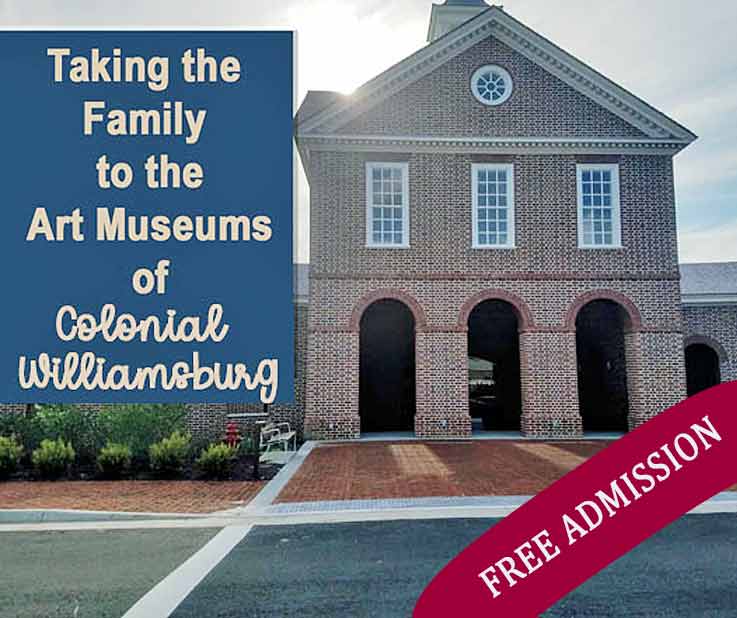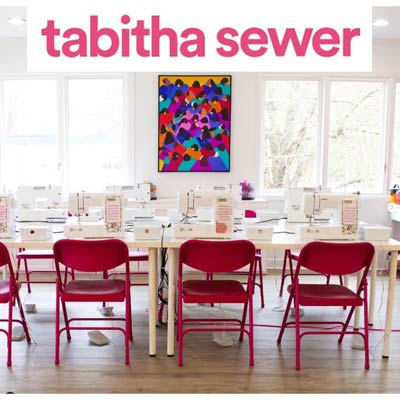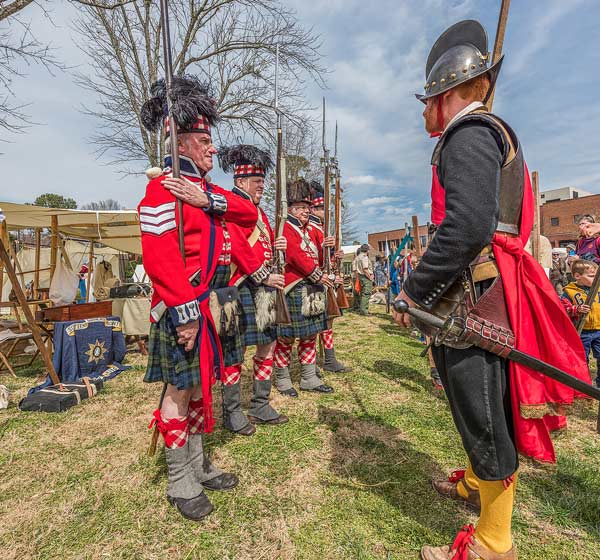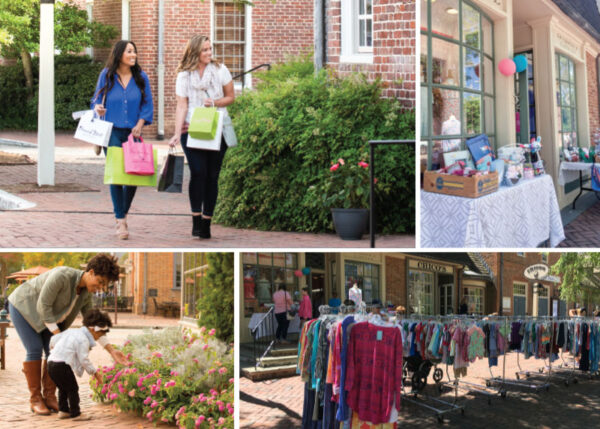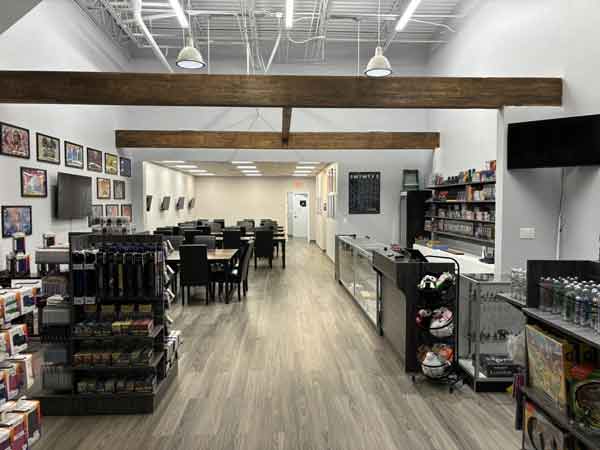The Bray School, one of the first schools for Black students in North America is moving to its new location on Feb 10, 2023
The Bray School, one of the first schools for Black students in North America is moving to its new location on Feb 10, 2023
On Friday, Feb. 10, at 8:30 am, an 18th-century building with an extraordinary history will travel from its location on the campus of William & Mary to Colonial Williamsburg’s Historic Area. The move marks a new chapter for the building, which served as the original home of the Williamsburg Bray School and is likely the oldest extant building in the United States dedicated to the education of Black children. It was built in 1760.
William & Mary and Colonial Williamsburg will host a 30-minute ceremony to commemorate the building and its history at 2 p.m. on Feb. 10 on the lawn of the Art Museums of Colonial Williamsburg, across the street from the building’s new site at the corner of Nassau and Francis streets. The ceremony is open to the public and will feature remarks from Colonial Williamsburg President and CEO Cliff Fleet, William & Mary President Katherine A. Rowe, Williamsburg Mayor Doug Pons and others. Key funders of the Williamsburg Bray School Initiative include the Mellon Foundation, the Commonwealth of Virginia, Truist and The Gladys and Franklin Clark Foundation.
For The Colonial Williamsburg Foundation and William & Mary – the institutions together responsible for uncovering the building’s identity in 2021 – the move signifies another step forward in both organizations’ intentionally inclusive approaches to researching and teaching American history.
“The Bray School has so much to teach us about our nation’s history, and many who shaped it,” Rowe said. “The Williamsburg Bray School Initiative, and research projects like it, are foundational to William & Mary’s core mission. We are fortunate to have great partners at Colonial Williamsburg and in the local community to help us tell its story.”
The historic structure will become a new and significant component of The Colonial Williamsburg Foundation’s public history programming.
“The Williamsburg Bray School provides us with an incredible opportunity to explore and learn from a complicated piece of our past that – like the Bray School building itself – has been overlooked by so many for hundreds of years,” Fleet said. “Incorporating this building into Colonial Williamsburg’s world-class programming highlights this important piece of our collective history and allows us to share it with the world.”
Bray School Descendants
The history of the Williamsburg Bray School is personal for Janice Canaday, a lifelong Williamsburg resident and Colonial Williamsburg site supervisor of the Randolph House, where several Bray School students were enslaved.
Canaday is a member of the Williamsburg Bray School descendant community, a growing group of individuals across the nation with familial ties to the 86 Williamsburg Bray School students who have been identified in the historic record to date. She and her son, Adam Canaday, who also works for the Foundation, are vocal advocates for Bray School research.
“When most people think of African Americans in 18th-century America, they usually think of slavery,” Janice Canaday said. “But the institution of slavery was something that was forced on my ancestors. It doesn’t say anything about who they were and what they valued. The history of the Bray School and the stories of the children who were students there is a window into their lives beyond slavery. It’s a window into their hearts and minds. It’s an opportunity to connect to their strength of resistance, resilience, endurance and their humanity.”
The Williamsburg Bray School is scheduled to open to the public in September 2024 to commemorate the 250th anniversary of the Williamsburg Bray School’s closing. Together with the original site of the Historic First Baptist Church, the Bray School will be a central point of interpretive focus in the Foundation’s ongoing efforts to tell a more complete story of 18th-century America.
89th Original Building – It was hiding in plain sight.
The location of the Bray School building, originally built as a tenement house in 1760, was uncovered through groundbreaking documentary research by William & Mary Emeritus Professor of English Terry Meyers. Archaeological and architectural research conducted by The Colonial Williamsburg Foundation confirmed that the building, moved from its original site in 1930, was in fact the original Bray School. It will be the 89th original structure restored by the Foundation and the first original 18th-century structure to be added to the Historic Area since the 1940s.
“There’s something really incredible about working with an original building,” said Matt Webster, executive director of Colonial Williamsburg’s Grainger Department of Architectural Preservation and Research. “Many of the structural elements of this building including floorboards, door frames and stair rails were actually touched by the students of the Bray School. In a small way, bringing this building back to life brings them back to life, too.”
Webster and his team have spent the past 16 months analyzing the building and removing the many modifications that had obscured its identity for so long. Now that the building has been restored to its original footprint, it is ready to move.
The building will be transported to its new site by Expert House Movers, a company with decades of experience moving historic properties including the Cape Hatteras Lighthouse in 1999 and the Colonial Williamsburg Windmill in 2010. Moving the Bray School will result in rolling road closures on Friday morning, Feb. 10, and during the ceremony at 2 p.m. For additional information about parking and viewing areas along the move route, visit colonialwilliamsburg.org/bray.
Once the building is in place, Webster and his team will continue the restoration process which will include the building’s original roofline. Members of Colonial Williamsburg’s facilities maintenance and historic trades departments including brick makers, carpenters, blacksmiths and joiners will contribute to the restoration of the building using 18th-century tools and techniques.
William & Mary Bray School Lab
While Colonial Williamsburg stabilizes and restores the building at its new site, the William & Mary Bray School Lab will continue to research, document and disseminate the history and the legacy of the Williamsburg Bray School. The Bray School Lab was launched in October 2021 as a key component of the Williamsburg Bray School Initiative partnership between Colonial Williamsburg and William & Mary.
“By combining the preservation expertise of Colonial Williamsburg with the academic scholarship of William & Mary, we are able to achieve far more with this project than either of us could achieve alone,” said Maureen Elgersman Lee, director of the William & Mary Bray School Lab. “Moving the Bray School building to its new permanent site means we are one step closer to our goal of transforming traditional accounts of America’s history into a multi-layered story that centers Black legacy at the heart of U.S. democracy.”
The ongoing work of the William & Mary Bray School Lab includes transcription, research, conference participation, community and descendent engagement as well as the Bray School book project, which is designed to bring the Williamsburg Bray School story to life through archival research and community reflection.
Williamsburg Bray School background
The Williamsburg Bray School was one of the earliest institutions dedicated to Black education in North America. In 1760, the school began in the Bray-Digges House, a 17-by-33-foot tenement building, near the corner of Prince George and North Boundary streets, where a college dormitory now stands. Over the school’s 14 years of operation, a total of between 300 to 400 students from ages 3 to 10 were taught by Ann Wager, the school’s sole teacher.
In February 2021, Colonial Williamsburg and William & Mary announced that they had identified a small, white building tucked away on the William & Mary campus as the structure that once housed the Williamsburg Bray School. This discovery led to the creation of the Williamsburg Bray School Initiative, a ground-breaking and innovative partnership between The Colonial Williamsburg Foundation and William & Mary with the shared goal of ensuring that current and future generations learn about the complex history of what is likely the oldest extant building in the United States dedicated to the education of Black children.
For additional information on the Williamsburg Bray School and the Bray School Initiative, visit Colonial Williamsburg’s website at colonialwilliamsburg.org/bray.

